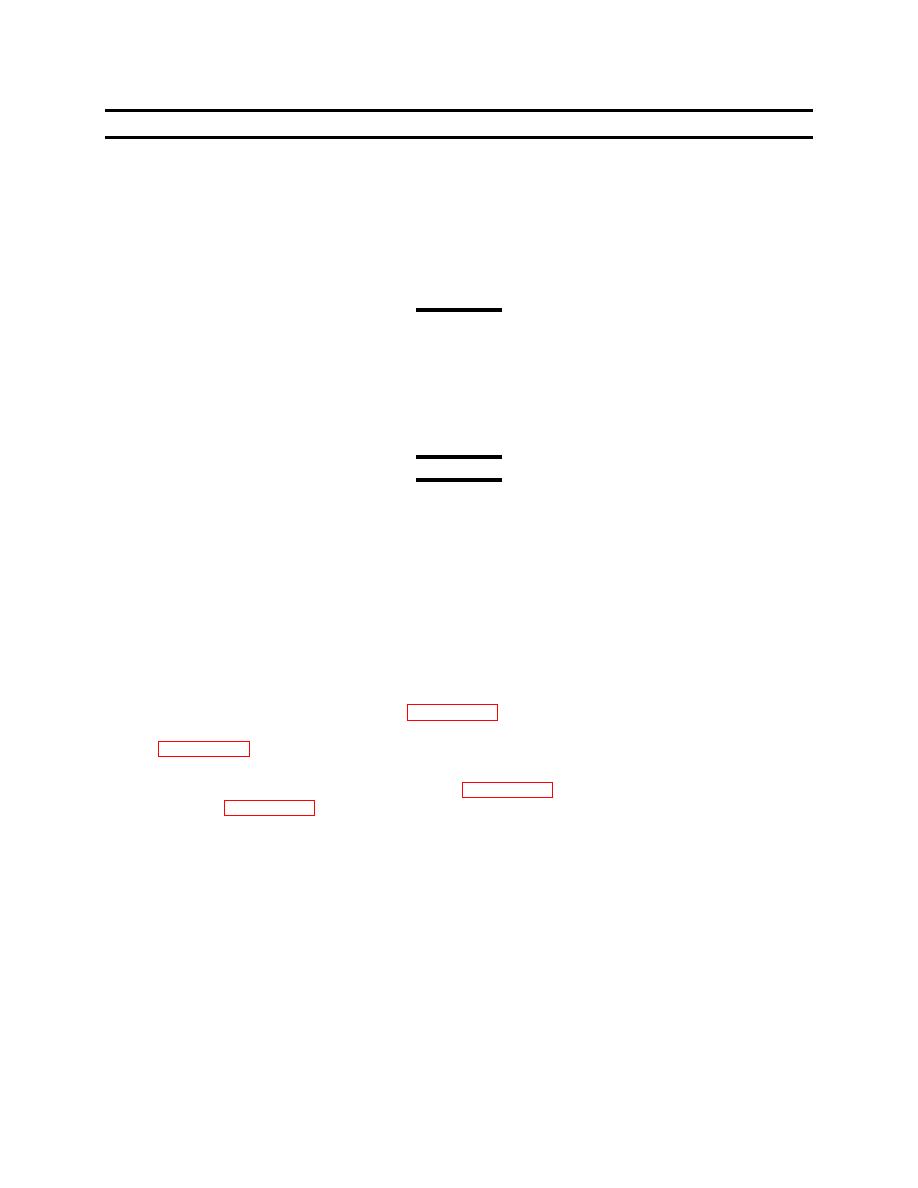

Custom Search
|
|

|
||
 TM 9-2330-394-13&P
MAINTENANCE INTRODUCTION - Continued
0043 00
GENERAL CLEANING INSTRUCTIONS - Continued
Body. Use a spray gun and solvent mixture for cleaning exterior of body. Allow mixture to
remain on item surface for 10 minutes before rinsing. Rinse with hot water under 80 to 120 psi
(550 to 830 kPa), if available. An ordinary garden hose with nozzle may be used if other
equipment is not available. Rinse thoroughly.
CAUTION
To prevent corrosion, parts should be dipped in rust preventive within two hours of
degreasing. Failure to comply may result in damage to equipment.
Degreasing Machine. A degreasing machine may be used to remove heavy grease and oil
from metal parts.
WARNING
Dry Cleaning Solvent (P-D-680) is TOXIC and flammable. Wear protective
goggles and gloves; use only in well-ventilated area; avoid contact with skin,
eyes, and clothes, and do not breath vapors. Keep away from heat or flame.
Never smoke when using Dry Cleaning Solvent; the flashpoint for Type I Dry
Cleaning Solvent is 100 F (38 C) and for Type II is 138 F (50 C). Failure to
comply may result in serious injury or death to personnel.
Never use fuel to clean parts. Fuel is highly flammable. Serious injury could
result if fuel ignites during cleaning.
Passages. After degreasing, check all oil passages and cavities for dirt or blockage before
coating with lubricating oil (Item 23, WP 0176 00). Run a thin, flexible wire through oil passages
to make sure they are not clogged. Use a pressure spray gun and Dry Cleaning Solvent (Item 32,
Electrical Parts. Electrical parts should not be soaked or sprayed with cleaning solutions. Clean
these parts with a clean wiping rag (Item 25, WP 0176 00) moistened with Dry Cleaning Solvent
(Item 32, WP 0176 00).
GENERAL INSPECTION INSTRUCTIONS
Cleaning. Clean all parts before inspection. Check for defects such as physical distortion, wear,
cracks, and pitting.
Sealing Surfaces. Inspect all surfaces in contact with gaskets, preformed packings, or seals for
nicks and burrs. If any defect is found, remove it before assembly.
races for brinelling, abrasion, and serious discoloration. The following are conditions for bearing
rejection:
0043 00-4
|
||
 |
||